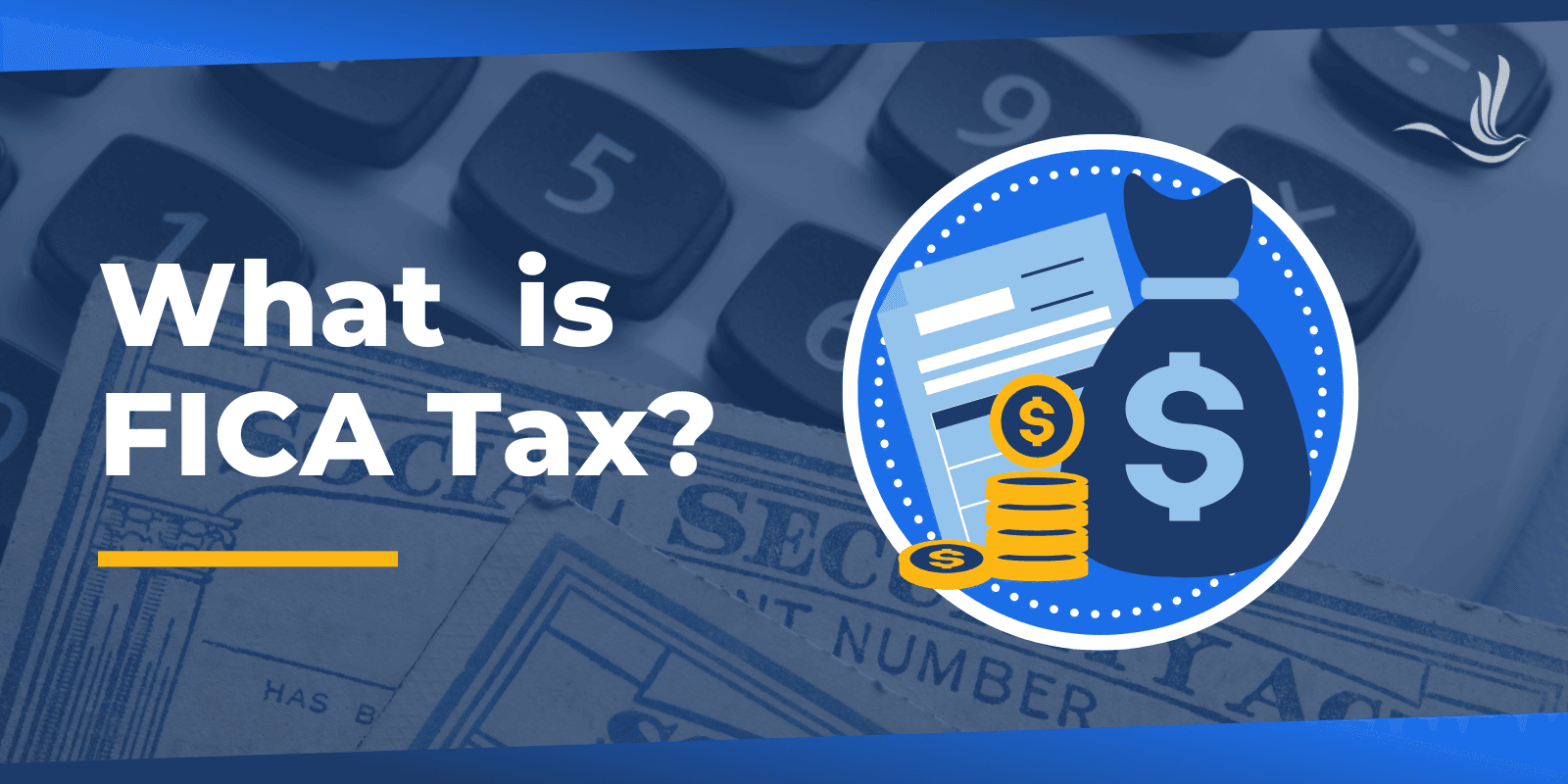
You may notice several deductions on your paycheck, such as federal income tax, state taxes, and Social Security. The Federal Insurance Contributions Act (FICA) tax is a critical component of these deductions. While the FICA tax may appear complex at first, understanding its purpose and ramifications can help you make sound financial decisions. This blog post will go into detail on the FICA tax, its components, and how it affects your salary.
What is FICA Tax?
The FICA tax is a mandatory payroll tax that is deducted from the earnings of American workers. It is an abbreviation for the Federal Insurance Contributions Act, which was passed in 1935 in order to provide social welfare programs such as Social Security and Medicare. The major purpose of the FICA tax is to provide financial stability for retired and disabled people as well as healthcare benefits to eligible residents. Most employees have a total of 15.3% deducted from their paychecks for FICA tax. However, they are only responsible for paying half, while their employers are responsible for the other half.
Social Security
The Social Security tax accounts for the majority of the FICA tax. It is 12.4% of your wages, half paid by you and half paid by your employer. The Social Security program, which pays retirement, disability, and survivor benefits, is funded by this tax. It is crucial to note, however, that the Social Security tax has an income cap. You no longer pay Social Security tax for that year if your wages surpass the cap. In 2023, FICA tax is only collected on the first $160,200 of earnings but this figure may change annually.
Medicare
The Medicare tax, which amounts to 2.9% of your income, half paid by you and the other half paid by your employer, is the smallest element of the FICA tax. This tax supports the Medicare program, which provides vital healthcare benefits to people 65 and older, as well as certain disabled people. Unlike the Social Security tax, there is no income limit for the Medicare tax. In other words, all of your wages are taxed.
An additional 0.9% Medicare tax is placed on incomes above a particular level for high-income individuals. This threshold is set at $200,000 for single filers and $250,000 for married couples filing jointly in 2023. This Medicare tax is intended to help pay for the Affordable Care Act and the Medicare program. Employers are not required to pay this tax.
Exemptions
These rules apply to the majority of workers but there are some exceptions. For example, self-employed individuals are responsible for paying the full 15.3% FICA tax since they do not have an employer to split the cost. On the other hand, there are a few groups that are exempt from paying the tax altogether. This includes college students who work on the campus in which they study, some nonimmigrants and nonresident aliens, and some religious groups. However, it’s important to note that opting out of this tax also means opting out of receiving Social Security and Medicare benefits.
How to Calculate FICA Tax
As mentioned earlier, you are only responsible for half the required 15.3% FICA tax, or 7.65%. To find out how much you will pay in FICA taxes per year, you can multiply your gross income (up to $160,200 in 2023) by 7.65%. If you are self-employed, you should multiply your gross income (up to $160,200 in 2023) by 15.3%. Keep in mind that you may need to add in the additional 0.9% if you are a high earner. In any case, you should always be mindful of how much taxes you are paying throughout the year in order to avoid a surprise tax bill during tax season. Things like switching jobs or working multiples jobs at a time can result in overpaying or underpaying FICA tax. Optima Tax Relief has over a decade of experience helping taxpayers with all kinds of tax situations.
If You Need Tax Help, Contact Us Today for a Free Consultation